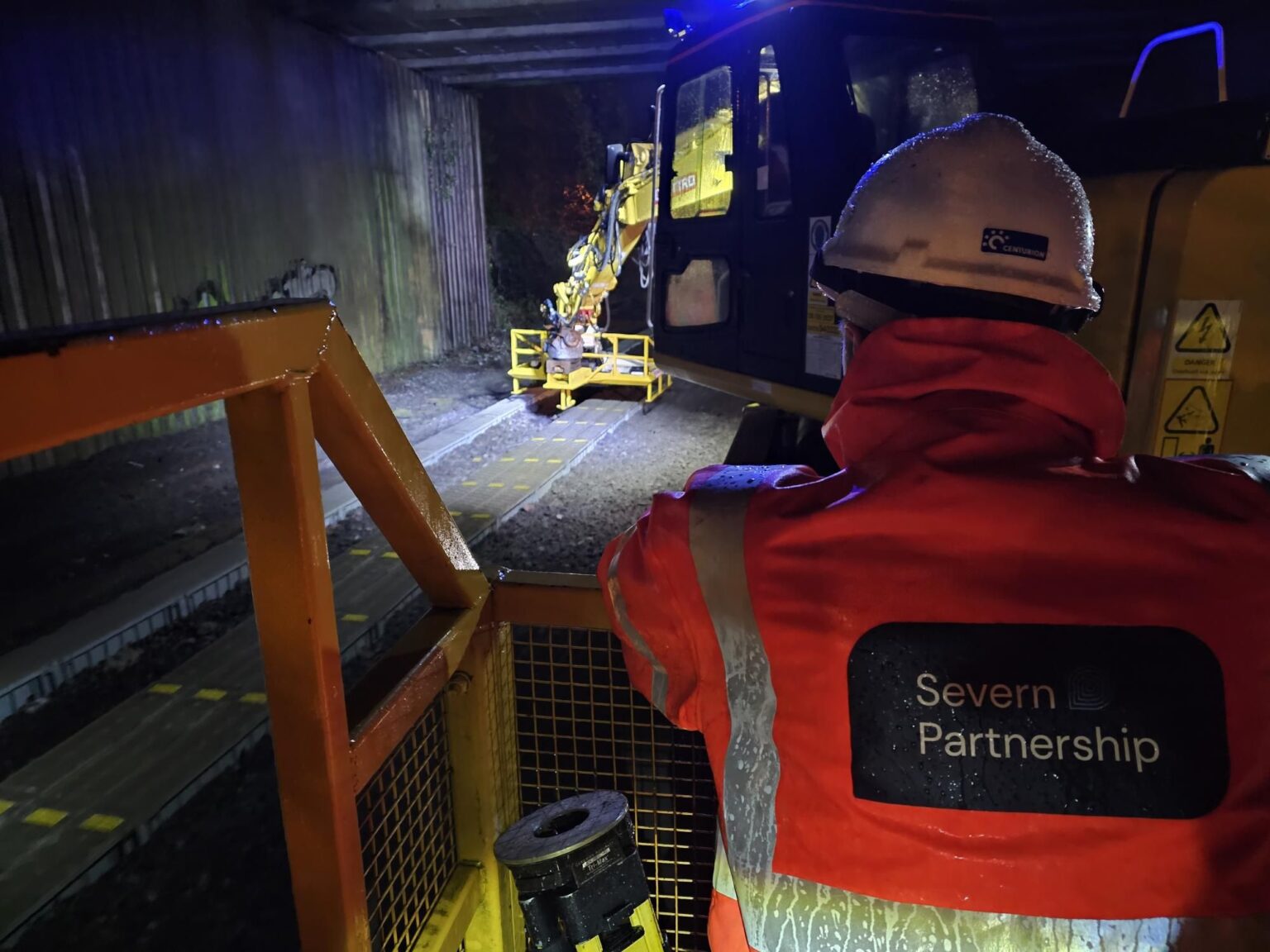Project Summary
Severn Partnership were approached by Amey & Transport for Wales to address the challenges of locating hidden assets within the rail infrastructure. Their client sought a method to identify culverts beneath the tracks, which posed a significant risk of collapse under increasing pressure from higher speed trains.
Severn Partnership therefore proposed a unique solution that leveraged their existing technology with a new mount on a Road Rail Vehicle (RRV). This innovative approach aimed to streamline data collection, reduce time needed on site and improve worker safety.
By partnering with Quattro on this project, Severn Partnership have revolutionised the approach to GPR surveying for the rail industry, by utilising their multi-channel GPR system, the Stream UP, whilst mounted on an RRV.
This approach allowed the team to collect data from a 200m stretch of rail track in just 15 minutes, with no manual handling or labour requirements and improved safety to personnel, with fewer boots on ballast.

The Challenges
The nature of the busy rail infrastructure meant all work carried out by Severn Partnership required timely completion whilst maintaining the highest safety standards. Identifying the hidden culverts as quickly and reliably as possible was crucial to satisfying the project’s time and cost needs, but would also mean less disruption to a busy section of track.
Travelling between sites would be frequently required, and therefore both the time needed and safety risks would have to be considered. The uneven ballast and loose ground where the data was to be collected, also produced challenges. Manually conducting the GPR survey would require hard labour with technology physically pushed through the rocky surface, and require days or weeks to complete.
Further manual labour would also be needed when moving equipment between sites, and an extended team would be placed on track, increasing safety risks and costs.
Our Solutions
Our Road Rail Vehicle (RRV) solution made light work of these challenges.
Requiring just 2 members of the Severn Partnership team and 2 staff members from partnering company, Quattro, we were able to drastically reduce boots on ballast when compared to traditional survey methods.
By mounting our Stream UP technology to the RRV via a mechanical arm, high accuracy data was able to be collected 12 times quicker than if completed manually.
When in place, the Stream UP hovered above the track and made no contact with the rough ballast below, requiring no physical effort to move the equipment along the track and no safety risks from excessive manual labour.
Transporting the technology to and from site also carried little risk, and was driven between locations to save on project time and improve safety.


Results
Reducing site time by 80% when compared to traditional methods, makes this approach ideal for collecting data quicker across larger work banks. On this project, it also resulted in benefits for a range of stakeholders.
The client’s data was able to be turned around within 24 hours of visiting site and delivered the next shift, meaning prompt action when public safety was at risk.
Severn Partnership were also able to present additional data on other identified features for risk assessments, such as voids and bridge decks.
Less time on-site improved safety for rail, Severn Partnership and Quattro personnel, and the general public faced fewer disruptions to their rail service.

Want to discuss this technology for your next project? Get in touch with the team here or connect with us over on LinkedIn.
